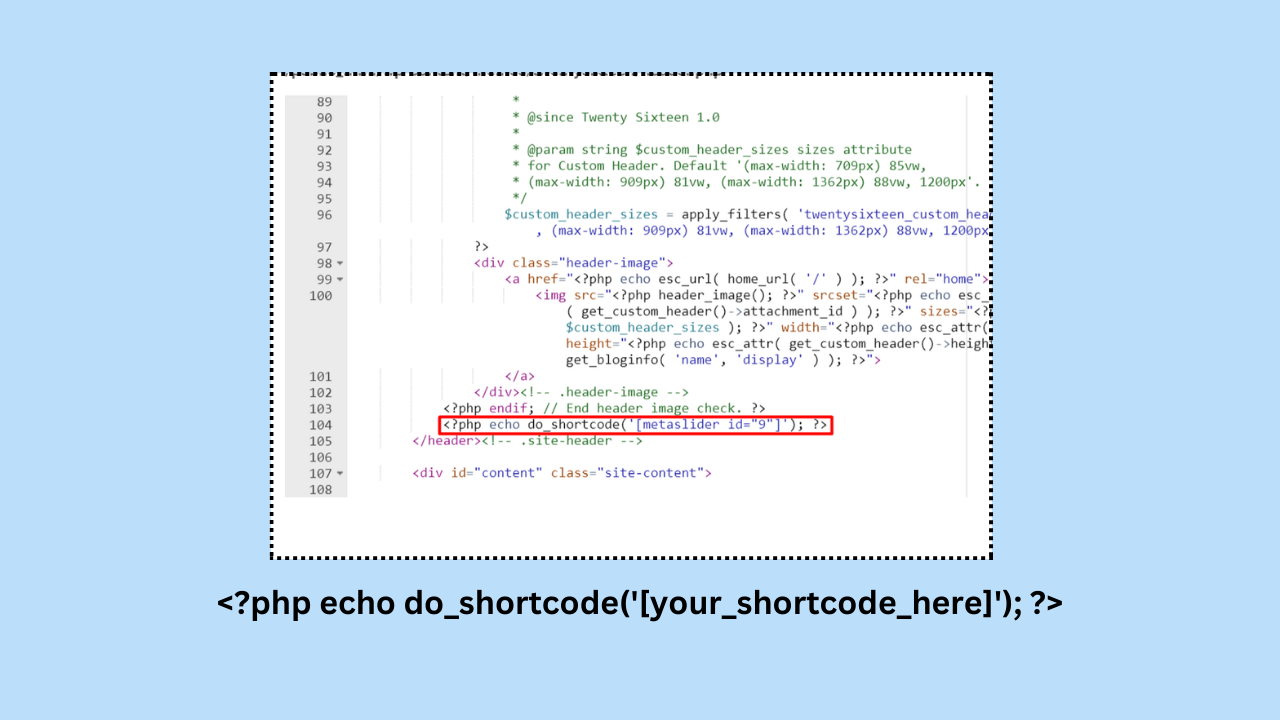Creating brand style guidelines is a crucial step in maintaining a consistent and recognizable brand identity. It provides a set of rules and standards that govern how your brand is presented to the public. Here’s how to create brand style guidelines and why it’s important:
How to Create Brand Style Guidelines:
- Define Your Brand’s Mission and Values:
- Start by clearly defining your brand’s mission, values, and personality. Understand what your brand stands for and what it wants to convey to the audience.
- Create a Style Guide Document:
- Begin by creating a comprehensive document that outlines your brand’s style guidelines. This document should be easily accessible to all team members and stakeholders.
- Logo Usage:
- Specify how your logo should be used, including its variations, size, placement, and clear space requirements.
- Color Palette:
- Define your brand’s color palette, including primary and secondary colors. Provide color codes (e.g., hex codes) for digital and Pantone references for print.
- Typography:
- Select the fonts or typefaces that represent your brand. Specify font families, sizes, and use cases (e.g., headlines, body text).
- Imagery and Photography:
- Outline guidelines for the types of images and photography that align with your brand’s style. Specify image styles, photo filters, and use of stock photos or custom photography.
- Tone of Voice:
- Define the tone of voice your brand should use in written communication. Provide examples and guidelines for different contexts, such as social media, blog posts, and customer support.
- Messaging:
- Clarify key brand messages, taglines, and value propositions that should be consistently communicated across all marketing materials.
- Iconography and Illustrations:
- If relevant, include guidelines for the use of icons and illustrations that represent your brand.
- Layout and Design Elements:
- Specify design elements such as grids, borders, and layout templates for marketing collateral and digital content.
- Social Media and Digital Guidelines:
- Provide recommendations for social media post formats, image sizes, and engagement strategies. This section can also cover profile and cover photo guidelines.
- Print and Packaging Guidelines:
- If your brand uses printed materials or packaging, include instructions for design and production standards.
- Accessibility:
- Ensure that your guidelines include accessibility considerations, such as contrast ratios, alt text for images, and readability for all users.
Why Brand Style Guidelines Are Important:
- Consistency: Brand style guidelines ensure that your brand is consistently represented across all channels and touchpoints, reinforcing brand recognition and trust.
- Professionalism: A consistent and well-defined brand identity conveys professionalism and reliability, which can enhance your brand’s reputation.
- Efficiency: Style guidelines save time and resources by providing a clear roadmap for design and content creation, reducing the need for constant decision-making.
- Clarity: They provide clarity for team members and external partners, ensuring everyone understands how to represent the brand accurately.
- Brand Differentiation: A distinctive and consistent brand identity helps you stand out in a crowded market and differentiates your brand from competitors.
- Trust and Loyalty: When consumers encounter a consistent and familiar brand, they are more likely to develop trust and brand loyalty.
- Adaptability: Guidelines can be adapted and updated as your brand evolves or as new marketing channels and opportunities emerge.
By creating and following brand style guidelines, you ensure that your brand is presented in a cohesive, professional, and effective manner, ultimately helping you achieve your marketing and branding goals.










